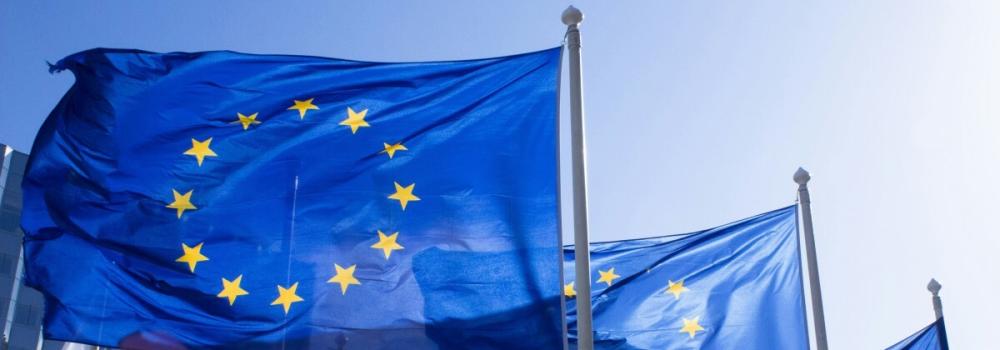Trilogues and their importance in the EU legislative process
The new law on artificial intelligence has recently been approved, after a long and intense debate. Do you know the legislative process followed in the European Union? Do you know what trilogues are? We will tell you everything about it.

Image by Alexandre lallemand from Unsplash
The legislative process in the European Union (EU) is no simple matter, not only because there are significant differences in the different Member States, but also because things can get a little complicated when you have to get the agreement of 27 countries.
The legislative initiative lies with the European Commission. The proposal for a new legislative act drafted by the Commission is sent to the Parliament and the Council. This proposal can take the form of a regulation or a directive. The main difference is that the Regulation is directly and immediately applicable to all Member States (like the General Data Protection Regulation), whereas the Directive must be adapted to each Member State by means of a national legislative instrument.
Under the Treaties, a complex process must be followed to obtain the agreement of both co-legislators.
What are trilogues?
After receiving the Commission's proposal, Parliament and Council start working on their own 'negotiating positions', i.e. the changes they want to include in the Commission's proposal. Once the Parliament and the Council have reached agreement on the changes they want to make to the proposal, the trilogues begin.
Trilogues are meetings between the three parties involved in the process, with the aim of reaching a political agreement and a common text that can be adopted. The participants are:
- The European Commission, which acts as the keeper of the EU treaties.
- The European Council, which represents the interests of the Member States.
- The European Parliament, which looks after the interests of the citizens of the Union.
The preparation of the so-called 'four-column document' by the Commission begins here, containing the three drafting proposals paragraph by paragraph, with a fourth column for the final agreed text. This document is circulated and used throughout the process.
The Member State holding the rotating Presidency of the Council chairs the meetings and decides on the number and frequency of meetings according to its policy objectives. The presidency also makes 'alternative proposals' if negotiations do not make progress. At this point, all parties set a deadline for negotiations in order to limit the number of rounds of meetings. Sometimes this limit acts as a catalyst and facilitates agreement. This was the case during the trilogues that led to the passage of the Artificial Intelligence Act, when the final round led to the three-day agreement. At the end of the process, the three parties reached an agreement and a common text.
Next steps
The final outcome of the trilogues is a political agreement that needs to be polished and reviewed by technical experts. These experts may modify the text to make it legally coherent, but the final text will retain the essence of the agreement reached in the trilogues.
Once the text is finalised, it is submitted to a final vote in Council and Parliament. Finally, the text will be translated into all the official languages of the European Union and published in the Official Journal.